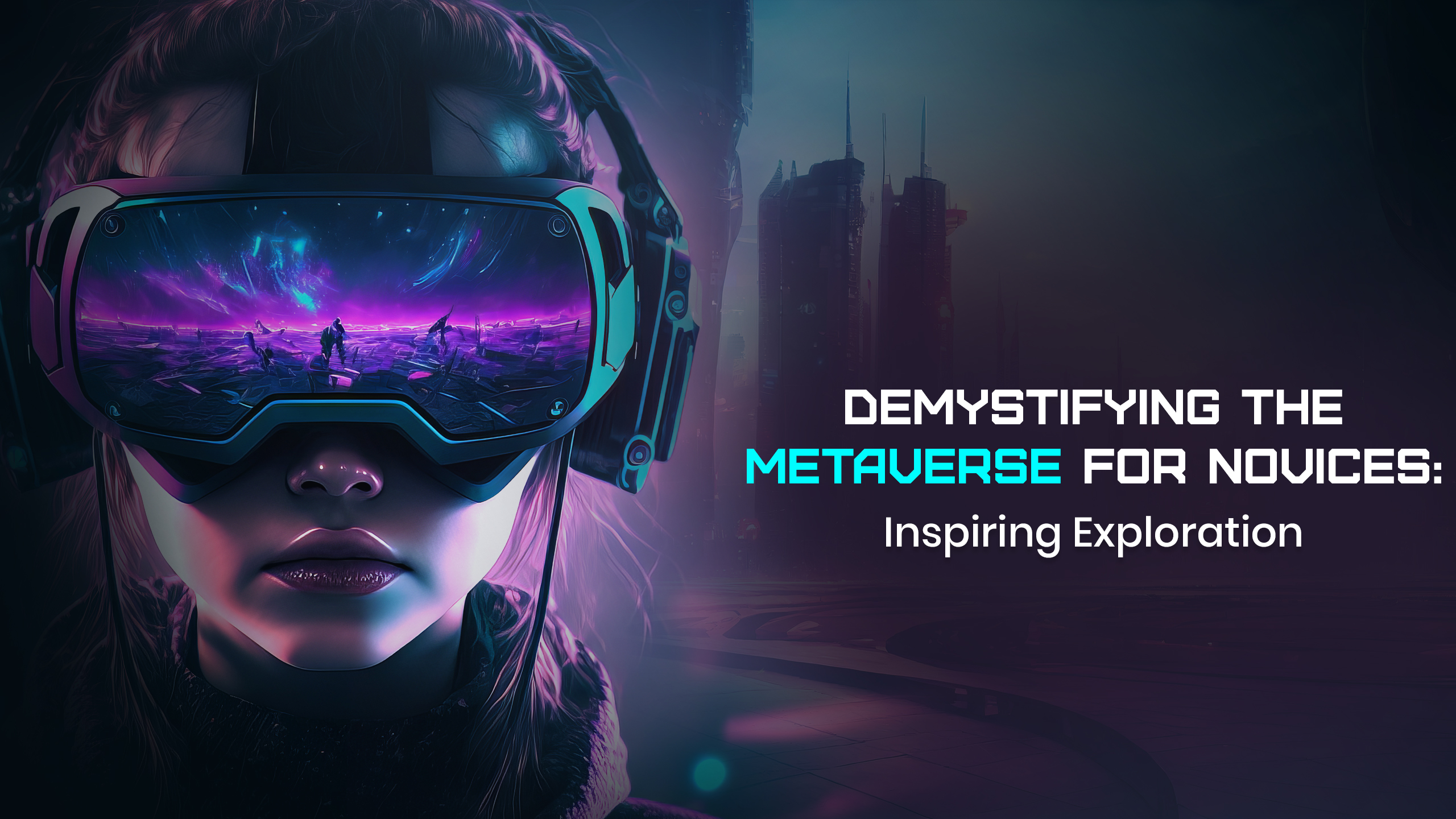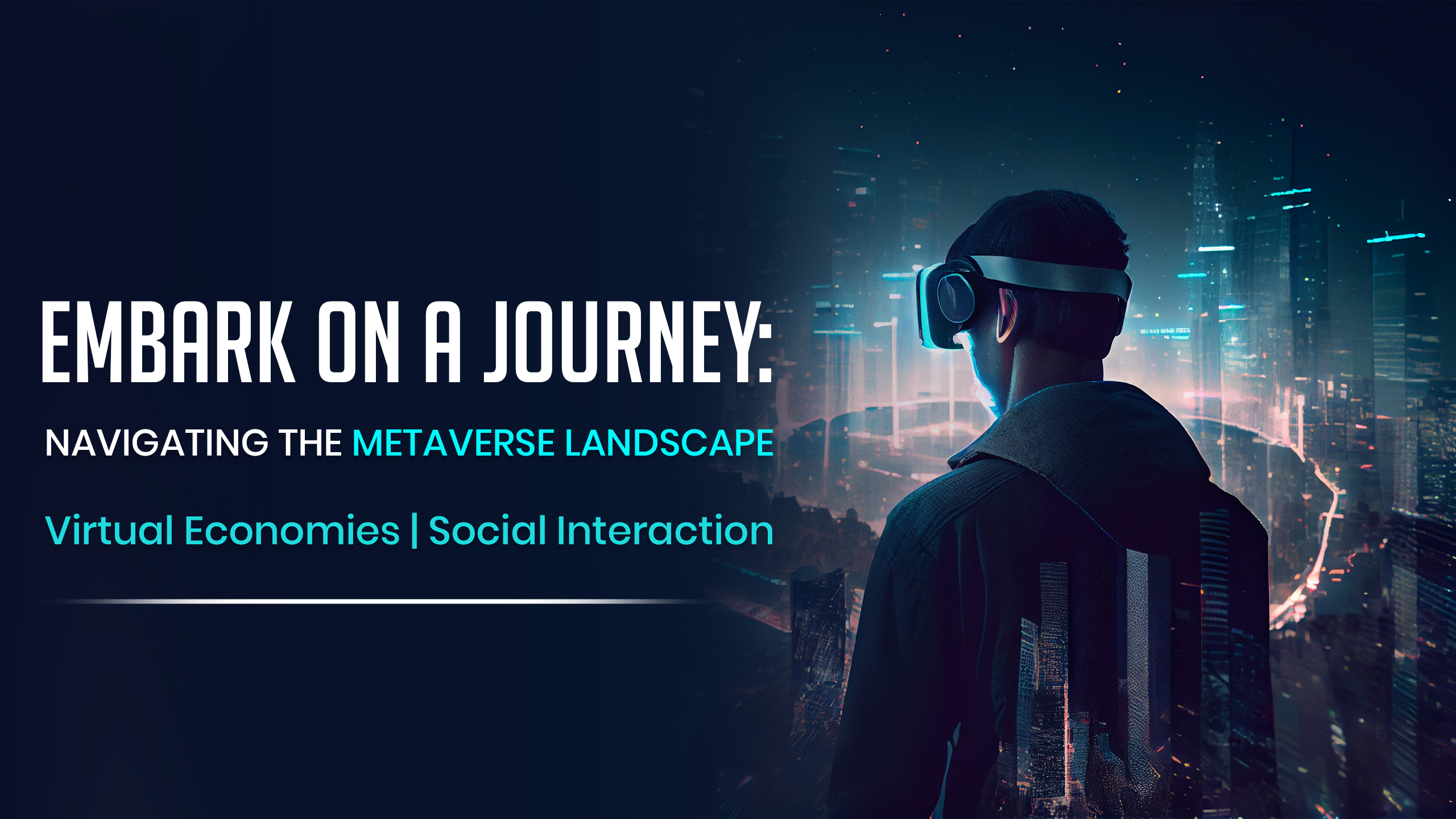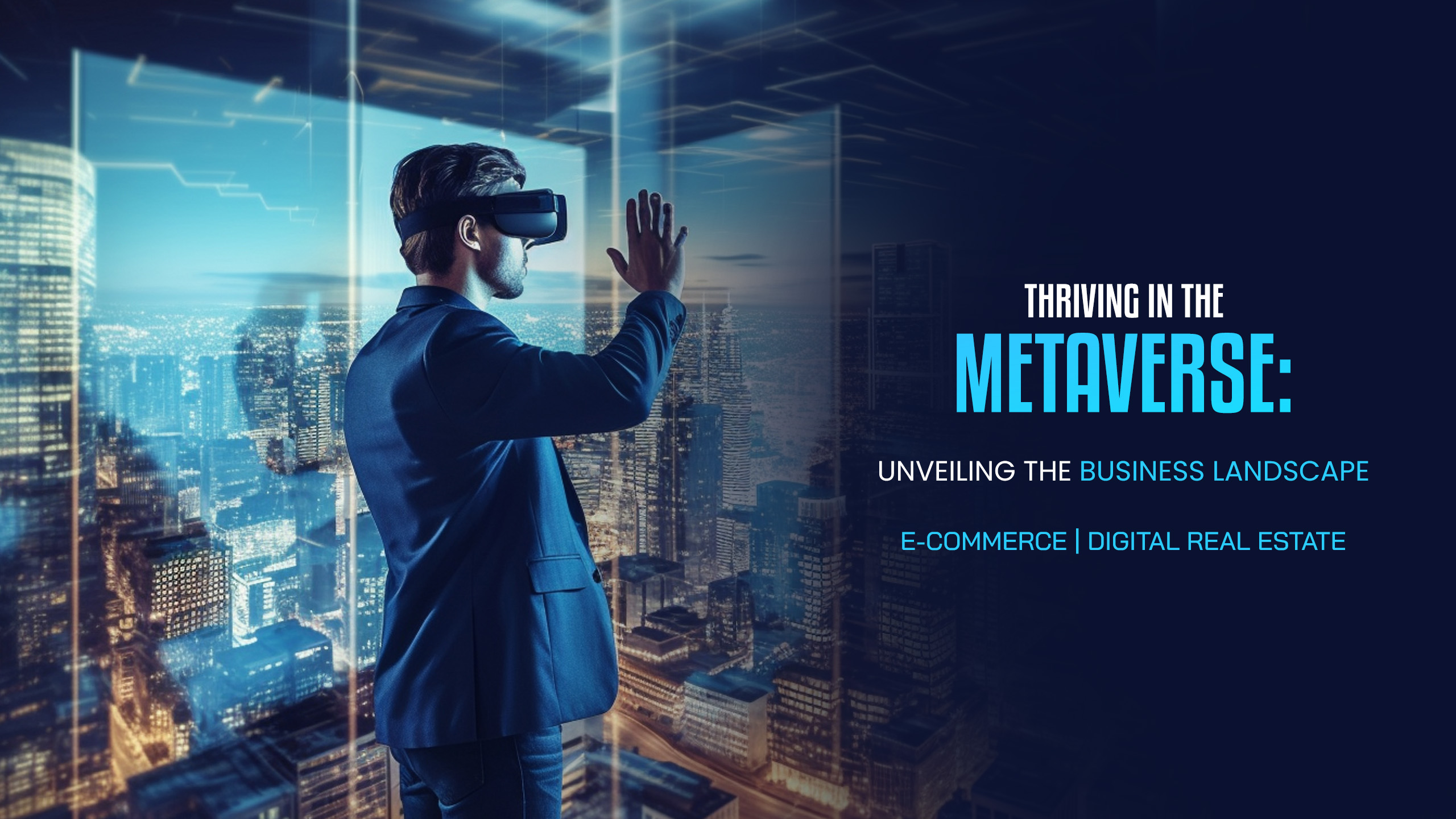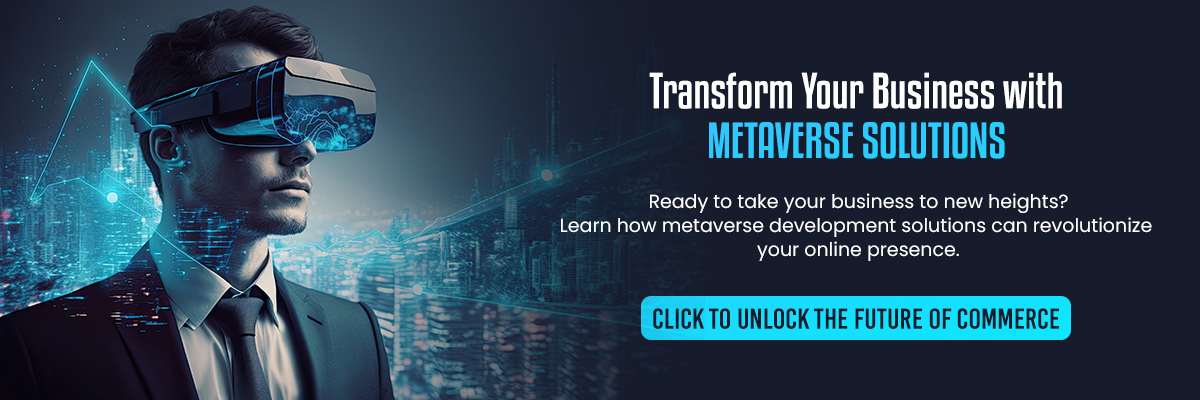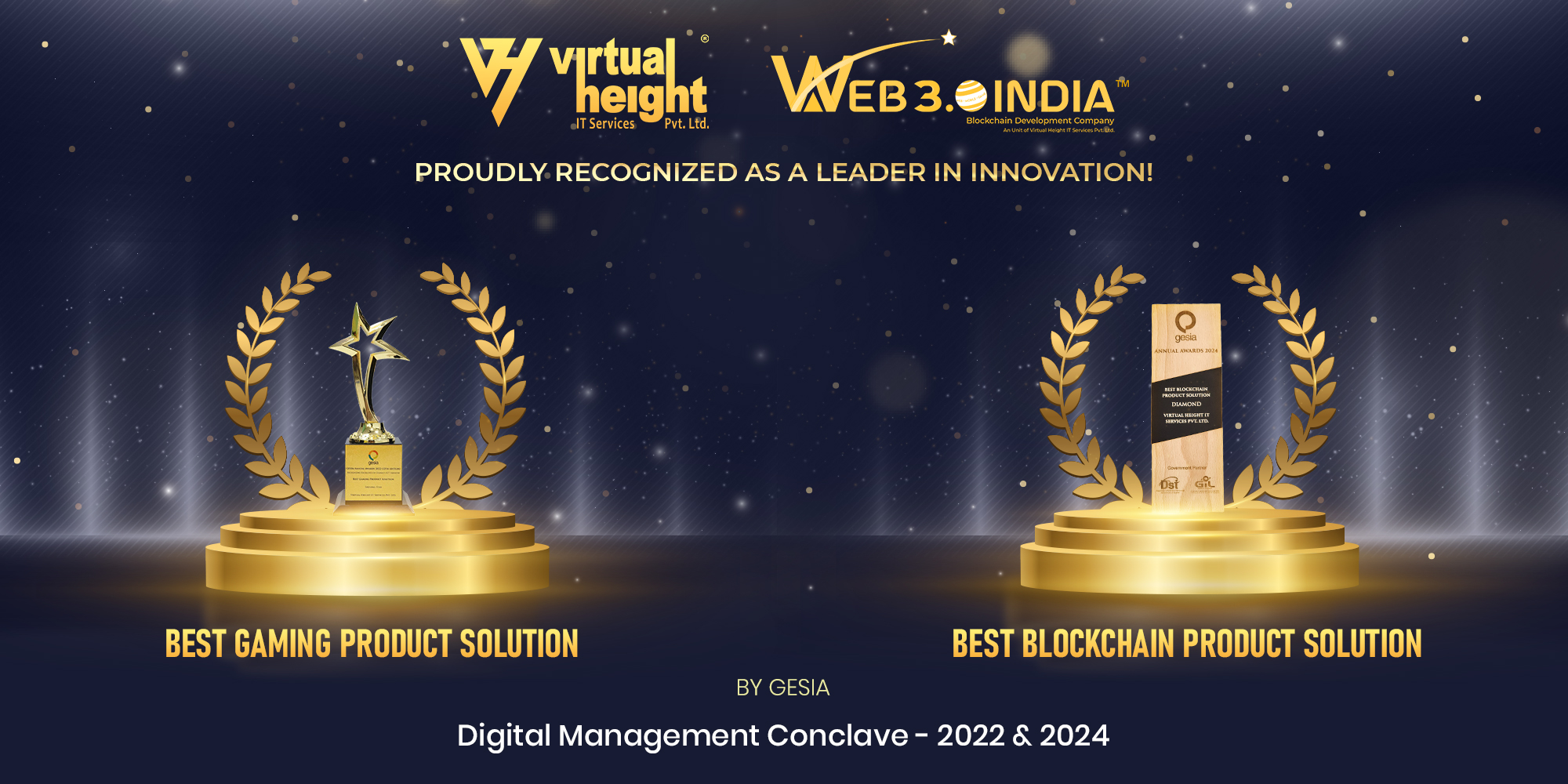Introduction
In a rapidly evolving digital landscape, the term “metaverse“ has been gaining considerable attention. For those unfamiliar with the concept, navigating the metaverse might seem like stepping into a sci-fi realm. However, fear not! This blog aims to unravel the mysteries of the metaverse, offering a beginner’s guide to this fascinating digital dimension.
Understanding the Metaverse
The metaverse, a virtual reality space, encompasses interconnected digital environments where users can interact with each other and digital elements. It goes beyond traditional online spaces, creating a more immersive and interactive experience.
Key Elements
Virtual Reality (VR):
At the core of the metaverse experience is Virtual Reality (VR), a transformative technology that propels users into computer-generated environments. This immersive journey is not merely about witnessing a digital landscape but actively engaging with it. A leading player in this space is the metaverse game development company, pioneering the creation of captivating and interactive VR experiences within the metaverse. From immersive storytelling to dynamic gameplay, these companies craft virtual worlds that captivate the senses and blur the lines between the physical and the digital.
Augmented Reality (AR):
In contrast to VR, Augmented Reality (AR) seamlessly integrates digital content into our physical surroundings. Think of it as a digital overlay enhancing our reality. Their expertise lies in crafting solutions that seamlessly blend the real and the digital, offering users a unique and interactive experience. Applications like Pokémon Go have paved the way, showcasing the immense potential of AR in the metaverse.
Blockchain Technology:
The backbone of the metaverse’s decentralized structure is blockchain technology. It ensures secure transactions and authentic ownership of digital assets. These entities play a vital role in shaping the infrastructure that powers virtual economies, ensuring a trustworthy environment for transactions and interactions within the metaverse.
Navigating the Landscape
1. Virtual Economies:
Non-Fungible Tokens (NFTs):
In the metaverse, ownership of digital assets is revolutionized through Non-Fungible Tokens (NFTs). These unique tokens, represented on blockchain technology, certify the authenticity and ownership of digital items. Key players integrate NFTs to empower users with true ownership of their virtual possessions. Whether it’s a rare in-game item or a digital artwork, NFTs ensure scarcity and uniqueness, fostering a thriving virtual economy.
Cryptocurrencies:
Facilitating transactions and economic activities relies heavily on virtual currencies, notably cryptocurrencies. Metaverse development companies create the infrastructure for seamless cryptocurrency transactions. This includes in-game purchases, virtual real estate transactions, and a myriad of economic activities that define the landscape. Cryptocurrencies act as the lifeblood of virtual economies, enabling secure and transparent transactions.
2. Social Interaction:
Connecting Beyond Boundaries:
The metaverse isn’t just about digital assets; it’s a vibrant social space where users can connect, communicate, and collaborate irrespective of physical limitations. The emphasis on social interaction brings forth a new dimension to online engagement. Metaverse gaming development entities understand the importance of creating immersive social experiences within games and virtual environments. These companies strive to break the barriers of distance, allowing users to forge connections in ways previously unimaginable.
Avatars Shaping Virtual Presence:
Central to social interaction in the metaverse are avatars – digital representations of users. Metaverse development companies focus on creating customizable avatars that enable users to shape their virtual identity. Avatars go beyond mere visual representations; they become the conduit for self-expression and interaction. Companies ensure that avatars seamlessly integrate into the social fabric of the metaverse, allowing users to express themselves authentically in the digital realm.
The Business Landscape
1. E-Commerce:
Establishing a Virtual Storefront:
In the metaverse, the potential for businesses to thrive is immense. The concept of E-Commerce opens doors to a global, digitally connected audience. Here, businesses can transcend physical boundaries and establish a virtual storefront. Metaverse development solutions are crucial for creating immersive digital spaces where products and services come to life. Whether it’s a virtual fashion boutique or a digital tech marketplace, businesses can leverage these solutions to cater to a diverse and expansive customer base.
Adapting E-Commerce Strategies:
The shift demands a rethinking of traditional e-commerce strategies. Companies specializing in metaverse platform development play a pivotal role in adapting these strategies to the unique dynamics of this digital realm. From enhanced virtual shopping experiences to secure transactions using cryptocurrencies, these adaptations ensure that businesses not only survive but thrive in the metaverse.
2. Digital Real Estate:
Virtual Land Ownership:
Just as businesses own physical storefronts, the metaverse introduces the concept of virtual land ownership. This is where companies can acquire and develop digital spaces for various purposes. Businesses can invest in these digital terrains, establishing a presence that goes beyond the confines of traditional real estate.
Economic Opportunities:
Investing in virtual real estate within the metaverse unlocks a myriad of economic opportunities. Businesses can host events, set up virtual headquarters, or even create immersive brand experiences on their digital properties. The economic potential extends beyond traditional borders, with Metaverse development companies leading the way in crafting strategies that maximize the returns on virtual real estate investments.
Overcoming Challenges
1. Security Concerns:
- Address the potential risks associated with virtual transactions and interactions, emphasizing the need for robust cybersecurity measures.
- Provide tips for users and businesses to protect their digital assets and sensitive information.
2. Inclusivity and Accessibility:
- Discuss the importance of creating a metaverse that is inclusive and accessible to individuals of diverse backgrounds and abilities.
- Highlight ongoing efforts to address accessibility challenges and promote equal participation in the digital realm.
Conclusion
As we embark on this journey through the metaverse, it becomes evident that it’s more than just a buzzword – it’s a dynamic and evolving digital space with vast possibilities. By demystifying the key concepts and exploring their potential for businesses, we hope this beginner’s guide has provided a clearer understanding of the metaverse and its impact on our digital future.
FAQs
1. What is the metaverse, and why is it gaining attention?
- The metaverse is a digital space where users interact with computer-generated environments. Its attention stems from its potential to reshape how we connect and engage in a more immersive online world.
2. How does virtual reality (VR) contribute to the metaverse?
- VR plays a central role by providing an immersive experience, allowing users to engage with computer-generated environments in ways that blur the lines between the physical and digital worlds within the metaverse.
3. What are NFTs, and how do they relate to the metaverse?
- NFTs, or Non-Fungible Tokens, establish ownership of digital assets in the metaverse. They ensure authenticity and uniqueness, empowering users with true ownership of virtual items.
4. Can businesses thrive in the metaverse?
- Absolutely! Businesses can establish a virtual presence, adapt e-commerce strategies, and tap into a global audience within the metaverse. It opens up new avenues for innovation and growth.
5. What economic opportunities are associated with virtual real estate in the metaverse?
- Virtual real estate in the metaverse offers diverse economic opportunities. Businesses can invest in digital spaces, host events, and create immersive brand experiences, unlocking a new frontier for growth and development.


